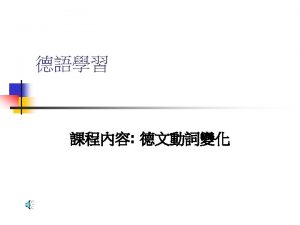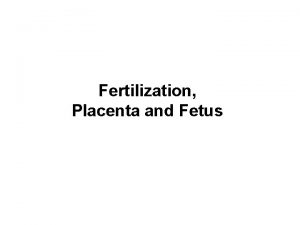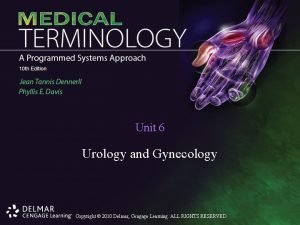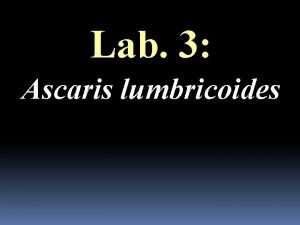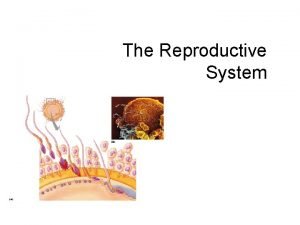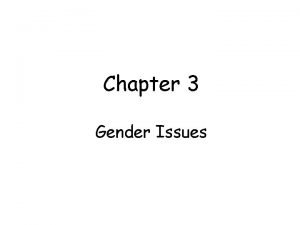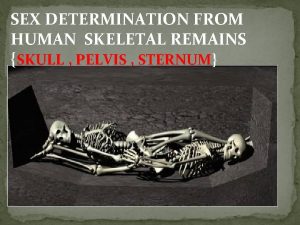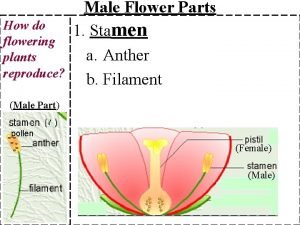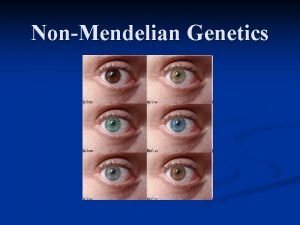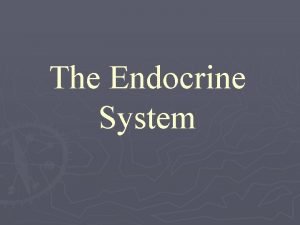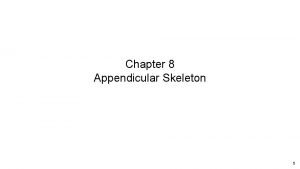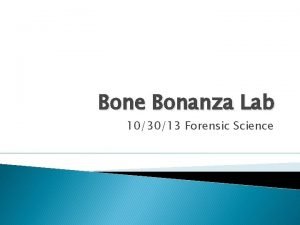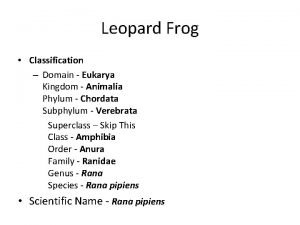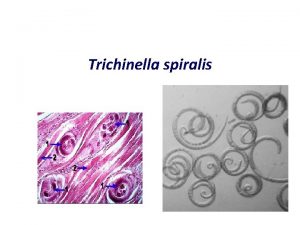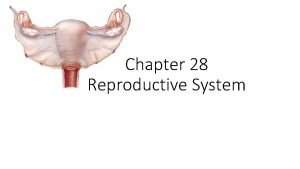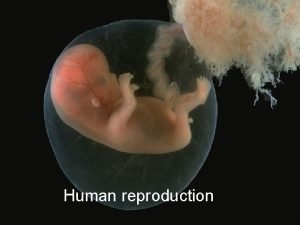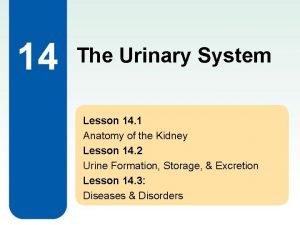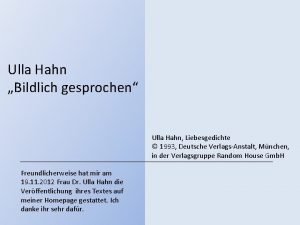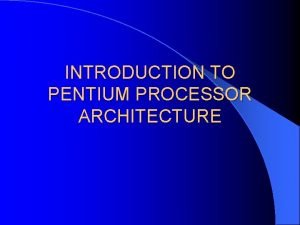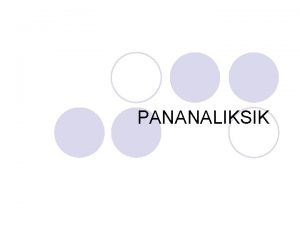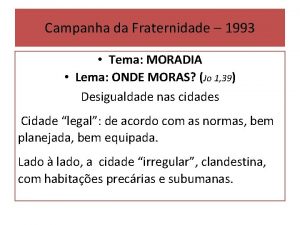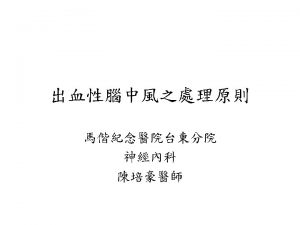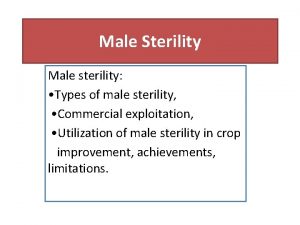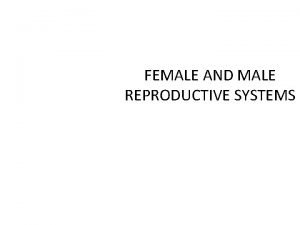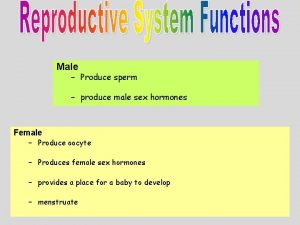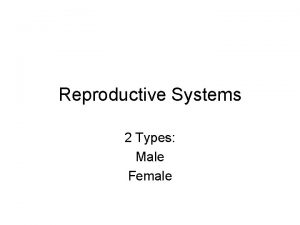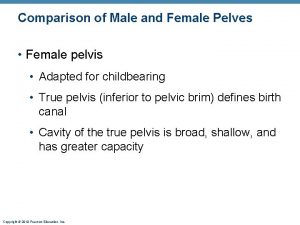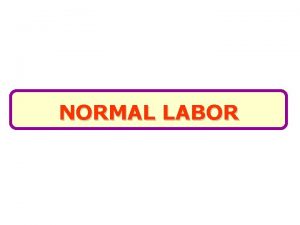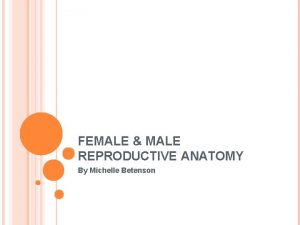Spontaneous ICH in Taiwan NTUH 1993 male female

































































- Slides: 65








Spontaneous ICH in Taiwan, NTUH, 1993 • male/ female-- 1. 1/ 1 • prognosis-- 23 -30% death (24. 3% in patients with medical Tx. , 18. 7% in patients with medical & surgical Tx. ) • localization-- putamen 41%, thalamus 23%, combined p+t 9. 7%, subcortical area 9. 3%, brain stem 6. 5%, cerebellum 5. 9%

治病機轉 • • Chronic hypertension Lipohyalinosis Arterial sclerosis and fibrinoid necrosis Focal aneurysmal dilatation (Charcot. Bouchard intracerebral microaneurysm)







被殼出血 • • Flaccid hemiplegia Complete hemisensory deficit Homonymous hemianopsia Paralysis of conjugate gaze to the side opposite the lesion • Mild to moderate impairment of consciousness with or without headache and vomiting • Neuropsychological disorders (in some cases).


視丘出血 • similar syndromes may occur, but sensory deficit usually predominates over the other manifestations • Oculomotor signs such as forced downward gaze, convergence paralysis, and unreactive miotic pupils. • 被殼出血很大時,可以考慮手術,而視丘出血則 常常往下犯到腦幹,預後相當不好。一般比較不 考慮開刀。 • 另外,視丘非常靠近第三腦室。大部分的視丘出 血都會破到腦室裡面。這點比被殼出血常見。





Lobar Hemorrhage • 神經學表現依血塊大小及出血位置不同而 有所不同 • Contralateral hemiparesis or sensory loss, aphasia, neglect, or confusion • Headache is common, disturbance of consciousness is milder


小腦出血 • Dysequilibrium, ataxia, vertigo, nausea, and vomiting. • Brainstem dysfunction (in large hematoma).


腦幹出血 • Rapid development of coma, quadriplegia, conjugate gaze deviation opposite to the lesion or ocular bobbing, and abnormal respiration. • Small pontine hemorrhages occur more frequently than previously thought and produce milder symptoms, such as “pure motor hemiparesis” , “ataxic hemiparesis” or even “Bell’s palsy”.






陰性 ↓ 1. Blood cultures (x 3), 2. Ischemic stroke evaluation, 3. Coagulopathy evaluation, 4. MRI c/s gadolinium, 5. Consider cerebral angiography • 血管攝影是一種侵襲性的檢查。 • 血腫的大小是評估預後最好的 具。 • Volume: estimated from CT ( A x B x C) / 2 A = the greatest diameter of hematoma B = the diameter perpendicular to A C = the thickness measured as the number of CT slices where the hematoma is visualized multiplied by slice thickness.

Hemorrhage Volume-Mortality • Volume graters 60 cm 3 – Deep-93% – Lobar-71% • Volumes 30 -60 cm 3 – Deep-60% – Lobar-60% – Cerebellar-75% • Volumes less 30 cm 3 – Deep-23% – Lobar-7% – Cerebellar-57% Broderick: Volume of ICH; Stroke Vol 24, No 7

Evaluating Intracerebral Hemorrhage • ICH score — A simple six-point clinical grading scale called the ICH score has been devised to predict mortality after ICH • The ICH score is determined as follows: – Glasgow Coma Scale (GCS) score 3 to 4 (= 2 points); GCS 5 to 12 (= 1 point) and GCS 13 to 15 (= 0 points) – ICH volume 30 cm 3 (= 1 point), ICH volume <30 cm 3 (= 0 points) – Intraventricular extension of hemorrhage present (= 1 point); absent (= 0 points) – Infratentorial origin yes (= 1 point); no (= 0 points) – Age 80 (= 1 point); <80 (= 0 points)

• Cheung et al. (2003) validated the ICH score by retrospective analysis indicating it as a better predictor of outcome than the Glasgow coma scale alone. • Thirty-day mortality rates increased steadily with ICH score; mortality rates for ICH scores of 1, 2, 3, 4, and 5 were 13, 26, 72, 97, and 100 percent, respectively. No patient with an ICH score of 0 died, and none had a score of 6 in the cohorts studied.

ICH Hemorrhage Volume • Old concept-Hemorrhage static process; bleeding complete in a minutes • New concept-Hemorrhage is dynamic; process continues for several hours

• Hematoma enlargement or hematoma growth - increase in the volume of hematoma, can occur several hours after stroke onset, frequently associated with neurologic deterioration (66%). * initial CT scan < 3 hrs (35%) * at 3 – 6 hrs (16%) * at 6 – 12 hrs (15%) * at 12 – 24 hrs (6%) - Predisposing factors: history of brain infarction; liver disease; high blood glucose ( >141 mg/dl) or Hb. A 1 C ( >5. 1%); high systolic

blood pressure ( > 200 mm Hg). - Predictors: short time interval between onset and admission; habitual alcohol consumption; consciousness disturbance; an irregularly shaped hematoma shown on initial CT scan; and low levels of fibrinogen. • Outcome - mortality rate from ICH decreased dramatically due to: * increased detection rate of milder ICH. * decrease in the prevalence of HTN. * improved antihypertensive therapy.




















Hunt and Hess分級 • Grade 0 Unruptured aneurysm. • Grade 1 Asymptomatic or mild headache. • Grade 2 Moderate-severe headache, nuchal rigidity, cranial nerve deficits. • Grade 3 Confusion. Lethargy, mild focal symptoms. • Grade 4 Stupor, Hemiparesis. • Grade 5 Comatose.




低血鈉的治療 • 治療低血鈉時,特別要注意的是要避免 volume contraction,可以等張溶液靜脈給予。 • 為了監測volume status,可以central venous pressure,pulmonary capillary wedge pressure, fluid balance及體重來評估。 • 要小心與cerebral salt wasting syndrome及 SIADS作鑑別診斷。


 Ich freue mich wenn ich dich seh ich finde dich so nett
Ich freue mich wenn ich dich seh ich finde dich so nett Ich komme von
Ich komme von Bispinous diameter
Bispinous diameter Is it male or female
Is it male or female Pictures of a person born with both male and female parts
Pictures of a person born with both male and female parts Dominant and recessive genes
Dominant and recessive genes Male and female hormones
Male and female hormones Do all flowers have male and female parts
Do all flowers have male and female parts Female gopher tortoise
Female gopher tortoise Male and female skeletons difference
Male and female skeletons difference Male vs female praying mantis
Male vs female praying mantis Bony vs cartilaginous fish
Bony vs cartilaginous fish Ascaris lumbricoides
Ascaris lumbricoides Hibiscus parts
Hibiscus parts Male vs female skeleton pelvis
Male vs female skeleton pelvis Similarities between male and female reproductive system
Similarities between male and female reproductive system Androgen insensitivity
Androgen insensitivity Male vs female skull
Male vs female skull Male and female part of a flower
Male and female part of a flower Codominance
Codominance Ultimate cause of behavior
Ultimate cause of behavior Major endocrine glands male and female
Major endocrine glands male and female What are the male parts of a flower
What are the male parts of a flower The male gazr
The male gazr Ovary of gumamela
Ovary of gumamela Male and female hormones
Male and female hormones Punnett square color blindness
Punnett square color blindness Shy lovers try positions they cant handle
Shy lovers try positions they cant handle Bone bonanza lab answer key
Bone bonanza lab answer key Brow ridge
Brow ridge Frog heart
Frog heart Mitosis vs meiosis
Mitosis vs meiosis Apple tree monocot or dicot
Apple tree monocot or dicot Trichinella spiralis male and female
Trichinella spiralis male and female Ladybug landing on you
Ladybug landing on you Chapter 16 matching questions 20-24
Chapter 16 matching questions 20-24 Crossplay tucking
Crossplay tucking Male vs female learning styles
Male vs female learning styles What does the seminal vesicle secrete
What does the seminal vesicle secrete How to determine gender of fetal pig
How to determine gender of fetal pig Body farm pictures
Body farm pictures 90/2
90/2 Difference between male and female sharks
Difference between male and female sharks Frog testis labeled
Frog testis labeled Male vs female skeleton pelvis
Male vs female skeleton pelvis Male vs female rat anatomy
Male vs female rat anatomy Human development cycle
Human development cycle Difference between male and female fruit flies
Difference between male and female fruit flies Why is momentum p
Why is momentum p Parts of male and female reproductive system
Parts of male and female reproductive system Lesson 14.2 male and female urinary structures
Lesson 14.2 male and female urinary structures Ich male gern
Ich male gern Kobra 11 ich revirom je dialnica
Kobra 11 ich revirom je dialnica Passwortgeschützte buchstabensuppe
Passwortgeschützte buchstabensuppe Ich mag dich als person
Ich mag dich als person Auf erden ulla hahn
Auf erden ulla hahn Aashto design equation
Aashto design equation Texas descent and distribution before 1993
Texas descent and distribution before 1993 Introduction to pentium processor
Introduction to pentium processor Methodische cyclus
Methodische cyclus European union history
European union history Calderon at gonzales 1993 layunin ng pananaliksik
Calderon at gonzales 1993 layunin ng pananaliksik Mapa curricular 1993
Mapa curricular 1993 Spencer and spencer 1993
Spencer and spencer 1993 Campanha da fraternidade 1993
Campanha da fraternidade 1993 Halliday 1993
Halliday 1993

